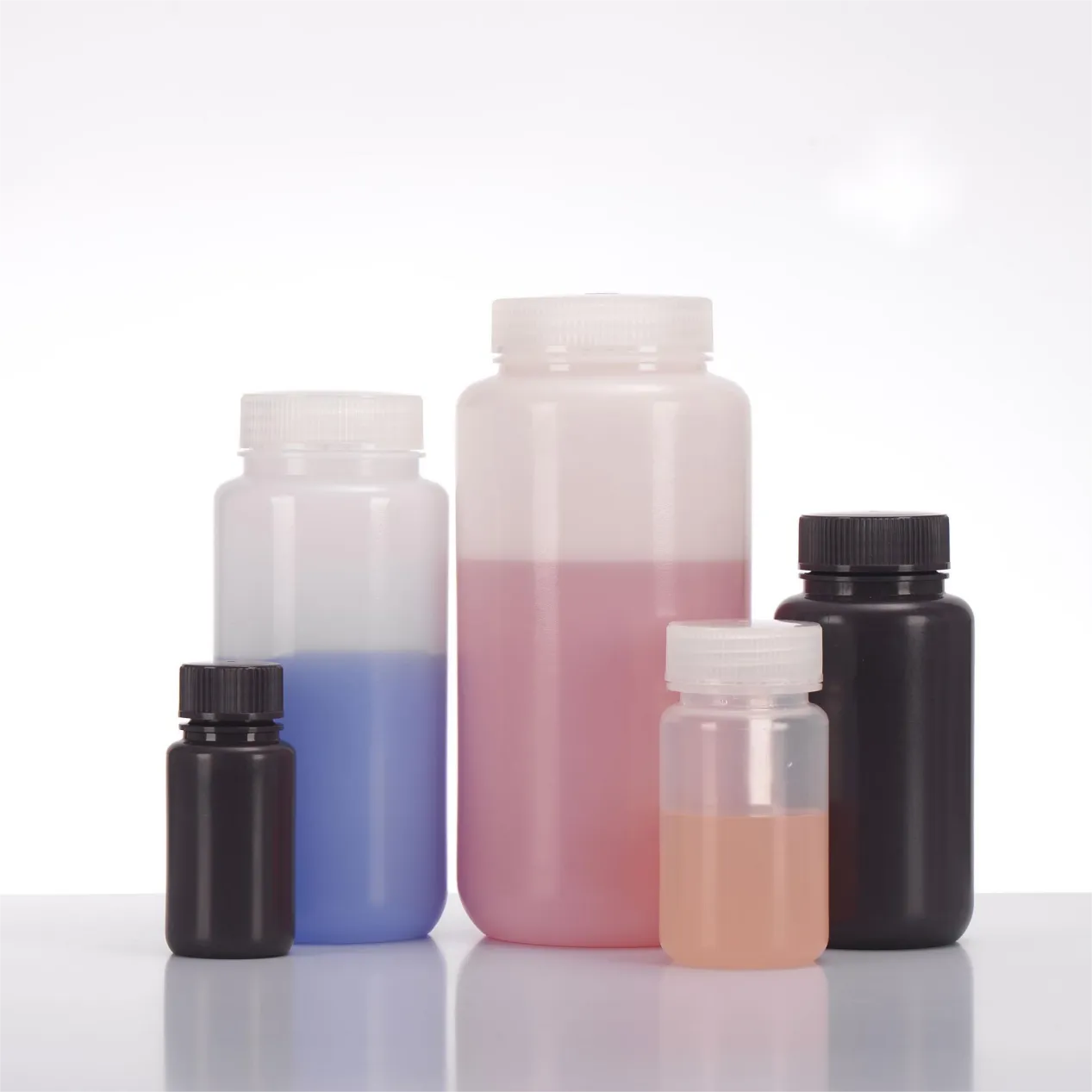
-
 Afrikaans
Afrikaans -
 Albanian
Albanian -
 Amharic
Amharic -
 Arabic
Arabic -
 Armenian
Armenian -
 Azerbaijani
Azerbaijani -
 Basque
Basque -
 Belarusian
Belarusian -
 Bengali
Bengali -
 Bosnian
Bosnian -
 Bulgarian
Bulgarian -
 Catalan
Catalan -
 Cebuano
Cebuano -
 Corsican
Corsican -
 Croatian
Croatian -
 Czech
Czech -
 Danish
Danish -
 Dutch
Dutch -
 English
English -
 Esperanto
Esperanto -
 Estonian
Estonian -
 Finnish
Finnish -
 French
French -
 Frisian
Frisian -
 Galician
Galician -
 Georgian
Georgian -
 German
German -
 Greek
Greek -
 Gujarati
Gujarati -
 Haitian Creole
Haitian Creole -
 hausa
hausa -
 hawaiian
hawaiian -
 Hebrew
Hebrew -
 Hindi
Hindi -
 Miao
Miao -
 Hungarian
Hungarian -
 Icelandic
Icelandic -
 igbo
igbo -
 Indonesian
Indonesian -
 irish
irish -
 Italian
Italian -
 Japanese
Japanese -
 Javanese
Javanese -
 Kannada
Kannada -
 kazakh
kazakh -
 Khmer
Khmer -
 Rwandese
Rwandese -
 Korean
Korean -
 Kurdish
Kurdish -
 Kyrgyz
Kyrgyz -
 Lao
Lao -
 Latin
Latin -
 Latvian
Latvian -
 Lithuanian
Lithuanian -
 Luxembourgish
Luxembourgish -
 Macedonian
Macedonian -
 Malgashi
Malgashi -
 Malay
Malay -
 Malayalam
Malayalam -
 Maltese
Maltese -
 Maori
Maori -
 Marathi
Marathi -
 Mongolian
Mongolian -
 Myanmar
Myanmar -
 Nepali
Nepali -
 Norwegian
Norwegian -
 Norwegian
Norwegian -
 Occitan
Occitan -
 Pashto
Pashto -
 Persian
Persian -
 Polish
Polish -
 Portuguese
Portuguese -
 Punjabi
Punjabi -
 Romanian
Romanian -
 Russian
Russian -
 Samoan
Samoan -
 Scottish Gaelic
Scottish Gaelic -
 Serbian
Serbian -
 Sesotho
Sesotho -
 Shona
Shona -
 Sindhi
Sindhi -
 Sinhala
Sinhala -
 Slovak
Slovak -
 Slovenian
Slovenian -
 Somali
Somali -
 Spanish
Spanish -
 Sundanese
Sundanese -
 Swahili
Swahili -
 Swedish
Swedish -
 Tagalog
Tagalog -
 Tajik
Tajik -
 Tamil
Tamil -
 Tatar
Tatar -
 Telugu
Telugu -
 Thai
Thai -
 Turkish
Turkish -
 Turkmen
Turkmen -
 Ukrainian
Ukrainian -
 Urdu
Urdu -
 Uighur
Uighur -
 Uzbek
Uzbek -
 Vietnamese
Vietnamese -
 Welsh
Welsh -
 Bantu
Bantu -
 Yiddish
Yiddish -
 Yoruba
Yoruba -
 Zulu
Zulu
The importance of the security of reagent bottle chemistry
In modern chemical experiments and industrial production, reagent bottle chemistry is the main container for storing and transporting chemical reagents, and its safety cannot be ignored. The chemical safety of reagent bottles is not only related to the accuracy and reliability of experimental results, but also to the safety of experimental personnel and the surrounding environment. Therefore, the importance of ensuring the chemical safety of reagent bottles cannot be underestimated.

The material selection of reagent bottle chemistry directly affects its safety
Different types of chemical reagents have varying material requirements for reagent bottles. For example, some highly corrosive acidic and alkaline reagents such as sulfuric acid and hydrofluoric acid need to be stored in acid and alkali resistant glass or polymer bottles, otherwise it may cause reagent leakage or container rupture, leading to laboratory accidents. Therefore, when selecting reagent bottles, chemists must carefully consider the properties of the stored reagents to ensure that the container can effectively protect and avoid chemical reactions.
The labeling and identification of reagent bottle chemistry also play a critical role in security
Clear and accurate labels should not only include reagent names, concentrations, and relevant safety warning information, but also indicate storage requirements and emergency response measures. The lack or inaccuracy of labels may lead to experimental personnel using chemical reagents incorrectly, resulting in accidents. In addition, the standardization of identification systems also helps to improve the safety management level of laboratories, ensuring that all personnel can effectively identify and handle potential hazards.
The storage and handling methods of reagent bottle chemistry are also important factors affecting its safety
Wide mouth reagent bottles should be classified and stored according to the properties of chemical reagents to avoid contact with incompatible chemicals. Meanwhile, the selection of storage environment, such as temperature, humidity, and ventilation, can also affect the safety of reagent bottles. Regularly checking the integrity of the brown reagent bottle and the status of its contents is an important measure to ensure safety in the laboratory. Any discovered leaks, damages, or expired reagents should be promptly handled to reduce potential safety risks.
In industrial production, the safety of reagent bottle chemistry directly affects production efficiency and the economic benefits of enterprises
If accidents occur due to the safety issues of the bottle reagent, it may not only cause material losses, but also environmental pollution and personal injury. Therefore, enterprises should develop comprehensive safety operating procedures, train employees on the correct use and handling of reagent bottles, and ensure safe production and a healthy environment.
In summary, the chemical safety of reagent bottles is of great significance in both scientific research and industrial applications. By selecting materials reasonably, accurately labeling, and standardizing storage and handling, the safety of laboratories and production environments can be effectively ensured. Only by attaching importance to the safety of reagent bottles can we better promote the progress of chemical research and the sustainable development of industrial production.






















